The marks of destruction left by the machines that ripped the fields of Quinta da Torre d'Aires, in Luz de Tavira, are clearly visible. But the well-preserved stone structures and, in some cases, noble construction, which were found at a little less than a meter deep, in an open survey near the Ria Formosa, are more than enough reason to make the archaeologists who are visiting smile. since the 19th of August in search of what remains of the «mythical» Roman city of Balsa.
The sun hadn't risen for a long time and was still low when the reporter for the Sul Informação met with João Pedro Bernardes yesterday, Tuesday. Smiling, the archaeologist, researcher and professor at the University of Algarve (UAlg) which is coordinating the project “Balsa – in search of the Algarve's origins” – jointly promoted by the university, the Regional Directorate of Culture of the Algarve, the Câmara de Tavira and the Centro Ciência Viva de Tavira – received our newspaper and assumed the role of host and guide.
«The team is already a little understaffed, this week, some elements have already left», he explains, on the way from the Quinta da Torre d'Aires gate, which is almost always closed, to the place where the excavations are taking place.
In one of the surveys that were opened on land, five people are already working: Vítor Silva Dias, who came from Coimbra and was hired to join this project, and Celso Candeias, from Câmara de Tavira, both archaeologists, as well as three young people university students, who volunteered to help with the work.
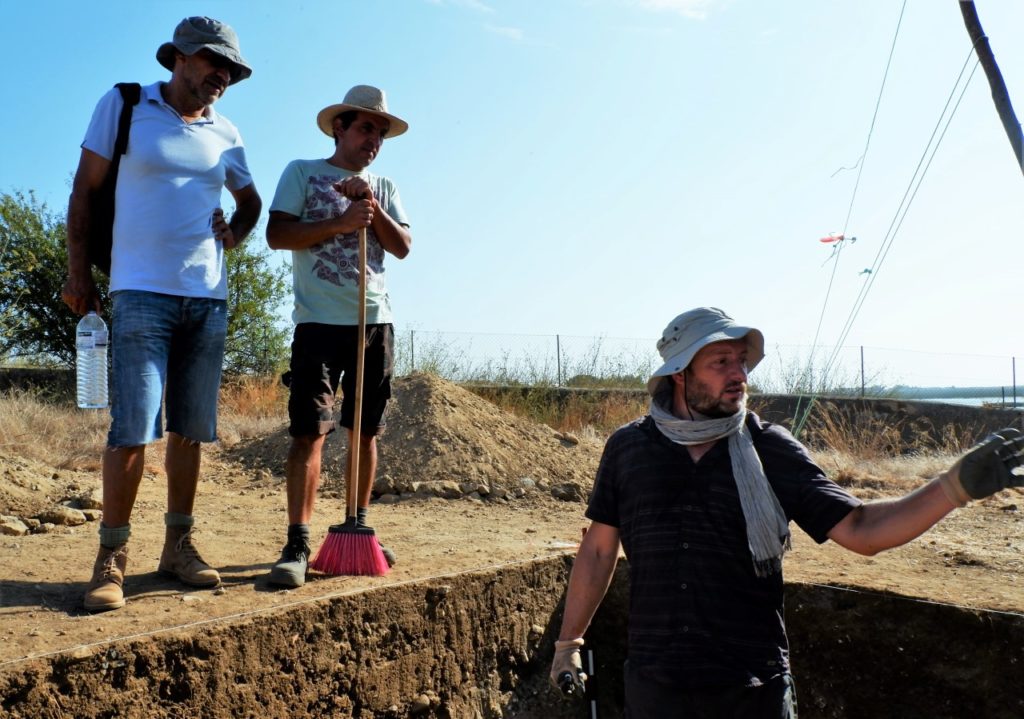
The first minutes are used by João Pedro Bernardes, who may not always be on the Balsa – «I also walk in Boca do Rio» -, to learn about the latest developments in the excavations. And it is with enthusiasm that Vítor Dias shows the structures from the Upper Empire period that are increasingly on display, namely a well-preserved corner made of large and worked blocks of stone, which indicates the existence of a road crossing in that location.
«What we have here are two levels, clearly: an already abandoned one, which reuses materials from previous phases and which is marked by this channelling. The walls above are also from this period. If you notice, there are stones that belonged to large buildings that are out of place. They were reused», explains João Pedro Bernardes, pointing to the traces that are closer to the surface.
All of this, he says, “will surely be in the fourth or fifth centuries, at the end of the Roman period, the beginning of the post-Roman period”.
«The most interesting part, which corresponds to the golden period of the city, which lasted until the XNUMXrd century, mainly in the XNUMXst and XNUMXnd centuries, are the structures that are underneath. We have the corner of a large building and there was a street here. As can be seen from the corner, it would not be a casita, they were large buildings. They would be residential buildings, still within the urban fabric», said the researcher from UAlg.
“Geophysics tells us that this street intersects with another that goes in the south/north direction. On the opposite side, something equivalent should appear», he added. In fact, at the northern limit of the excavation area, the existence of another corner of a building made of large blocks of stone and what appears to be another road, albeit not perfectly aligned with the one already visible, in the South side.
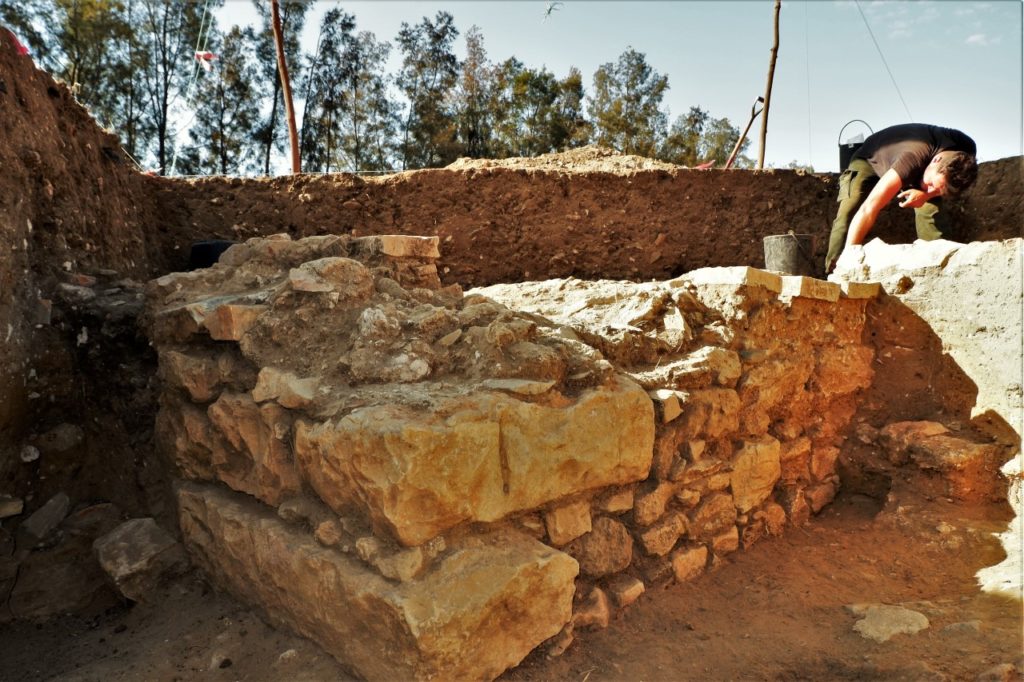
Why is this finding important? «On the one hand, it gives us the dimension of the streets, on the other, the orientation of the urban fabric», states João Pedro Bernardes.
«At the end of the XNUMXnd century, beginning of the XNUMXrd century, the city begins to decline and there are parts that are abandoned. That's the idea it gives. Later, the city is reoccupied, on the ruins of what previously existed," he said to the Sul Informação, the archaeologist. The occupation lasted only until the seventh century, when the city “disappears”.
Scientists believe that the central square of Balsa would be at the top of the hill, where the buildings of Quinta da Torre d'Aires are located. «The idea that gives us is that this would be a linear city, parallel to the estuary here, which is logical, that it did not extend far to the North. Also because there is the North necropolis, excavated by Estácio da Veiga, about 300 meters northwest of the houses».
On the other hand, towards Nascente, there is the Ribeira das Antas, where there are also traces of another necropolis, or cemetery.
«The necropolises themselves allow us to define the limits of the city both to the west and to the north. In 2017 we have already excavated some graves to the west of the houses. Probably, it would be the northern necropolis, which was excavated by Estácio da Veiga, which extended to the Ria», according to the Algarve researcher.
In the East, near Ribeira das Antas, a similar structure “was excavated in the XNUMXth century by Teixeira de Aragão. Later, Abel Viana also excavated there, in the XNUMXth century. It is a necropolis that is not as important as the one in the North and which has later graves, unlike the North, which has graves from the XNUMXst and XNUMXnd centuries».
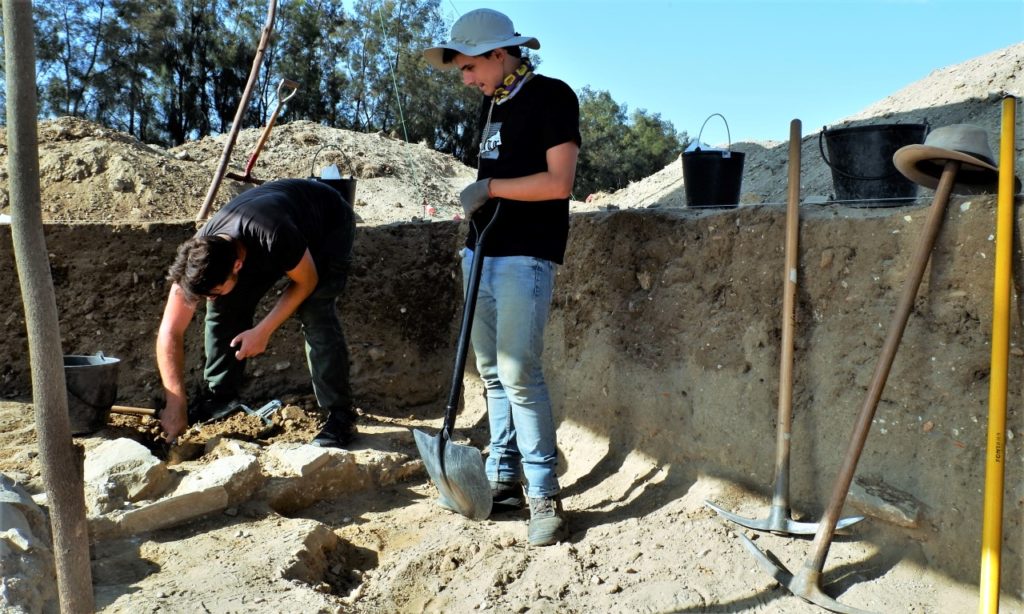
These three weeks of field work have already allowed us to reach some conclusions.
“The first conclusion we reached is that this is a city that will not be as big as we thought. There has been a great deal of confusion between what the urban area was and the villae that surround it. In other words, they have been taken as an urban area, when they are not”, assures João Pedro Bernardes.
“We can also draw conclusions regarding the levels of destruction of Balsa. As we suspected, in the northern part, which is the one that does not have as much stratigraphic power [thickness], what was there was almost all destroyed. But there is a strip parallel to the estuary that is still relatively well preserved, as we can see in this survey», he adds.
Celso Candeias, an archaeologist from the Chamber of Tavira, also highlights the two realities found on the ground. “One of the main goals this year was really to understand the degree of real destruction. Because it was always said that Balsa had already been completely destroyed», he said.
“We carried out a survey further north, with the idea of taking a double apse that was detected by geophysics. But we realized that it was very destroyed. The ripper went to the geological substratum and all the archaeological remains that were on top came to life. Only a row of stones remained. This indicates that, in this northern part, it will not be worth investing a lot, as there should be little left», he believes.
“In the other survey, what we are trying to find, in the end, are these four roads that appear here in geophysics”, he adds.
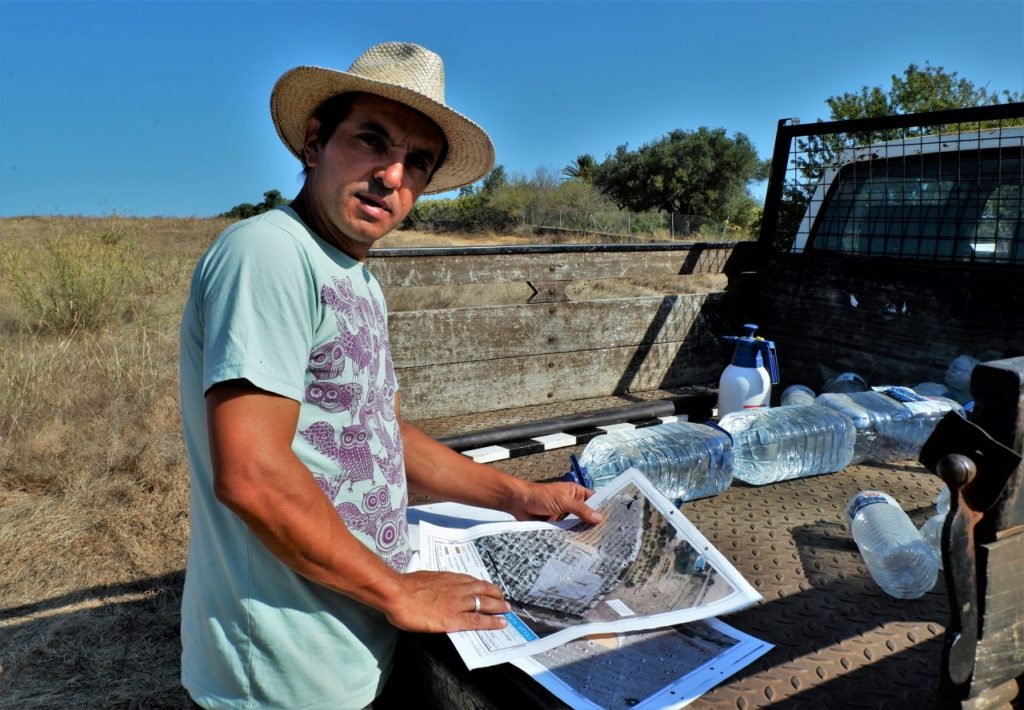
Already Vitor Dias, who participated in the works that were carried out in 2017, commissioned by the owner of Quinta da Torre d'Aires, does not hide his expectations, in relation to the future.
“I'm a little suspicious to say, but for us, just the fact that there are structures is exciting. When we saw ripper action and mechanical affectation, we were obviously disappointed. But there are still preserved things here, which is always good», says the archaeologist.
Despite trying to discover the secrets of the past, the archaeologists involved in this project from UAlg, DRCAlg, Câmara de Tavira and CCV de Tavira are already thinking about the future.
«The main objective of this three-year project is to discover the real extent of the Balsa. And we want at least the part of Quinta da Torre de Aires and the North and West limits to be defined. But, in the future, it would be interesting to reach an agreement with the neighboring owners, in order to see what the Nascente is and how far the city can extend».
In the coming years, those responsible for the project want to "extend geophysical prospecting, because this allows us to radiograph the underground" and, from there, and according to the results, "understand a little more about what the urban grid would be like and what it is which would be the limits of the city».
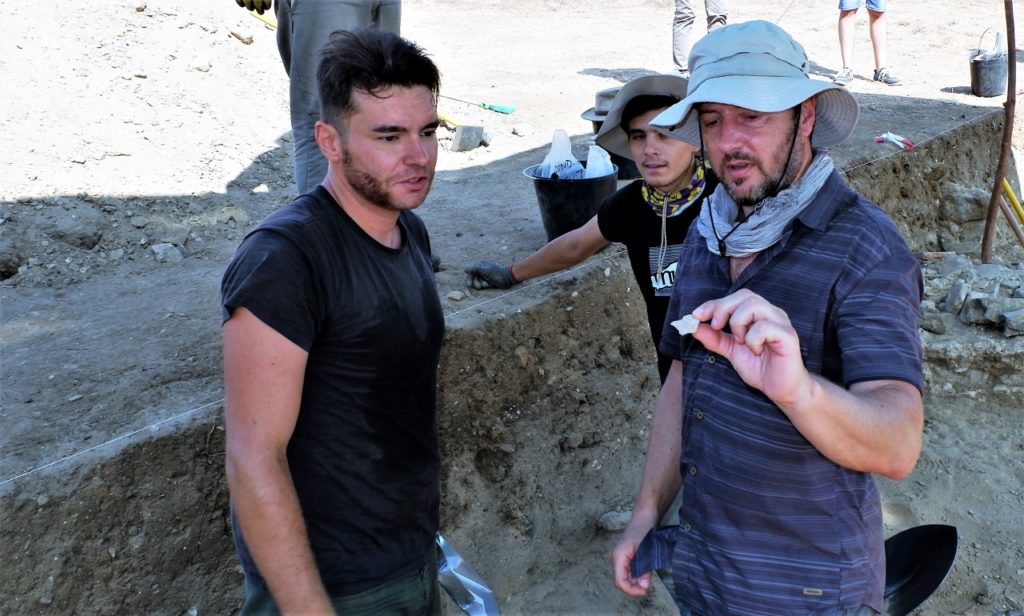
also the eventual musealization of what is discovered, which is another of the project's objectives, is already being considered.. But in this campaign, in principle, no very valuable artifacts were found.
“We still have to clean up what we found and see. But, from what we were seeing when removing from the land, we won't exactly have things of high museological value. Those who lend themselves to this will have to be washed and glued, but I don't think there will be much to expose. One or two coins appeared, but small ones, not the oldest ones, and they still have to go to the laboratory, to see if it's possible to read», reveals Celso Candeias.
Moreover, there are some interesting finds, namely a ceramic fragment terra sigillata, where the seal of the artisan who created the piece is still perfectly visible, which may help to date the trace found.
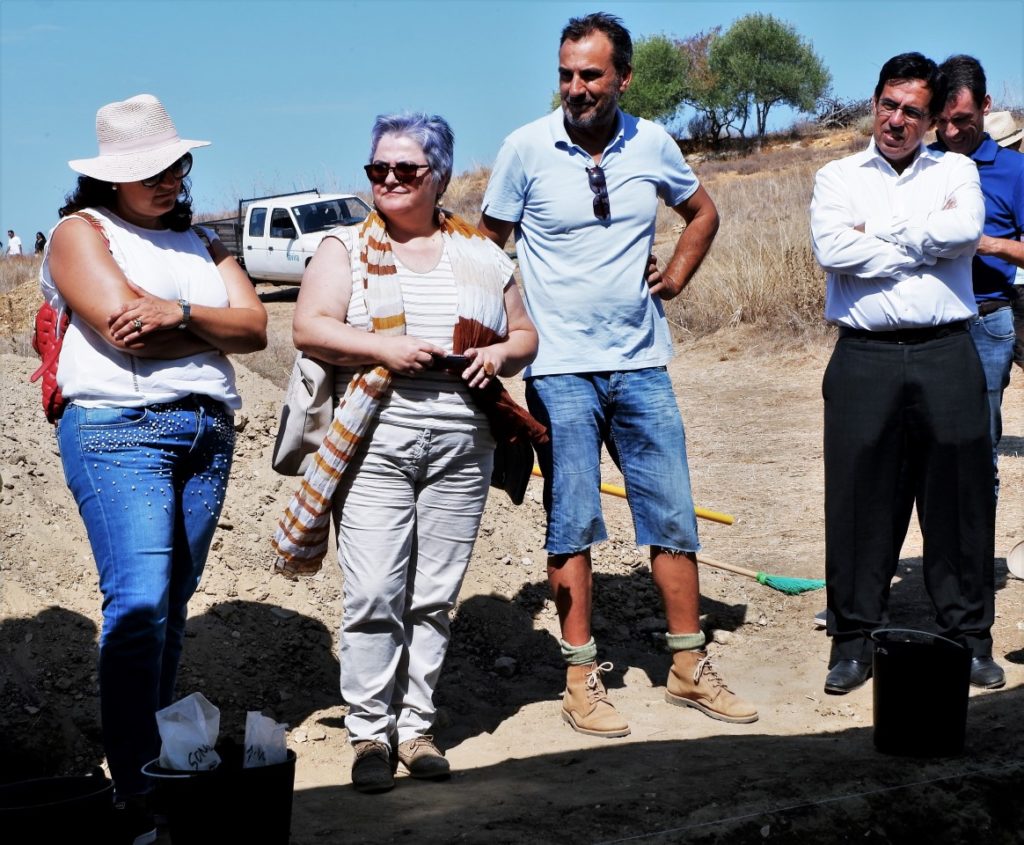
Yesterday, Tuesday, was also the day to receive those responsible for the four entities that are together in this archaeological project, as well as some guests. In the end, there was no doubt that the efforts to understand what was really “the mythical Balsa”, as Ana Paula Martins, interim president of the Tavira Chamber, dubbed it, will continue.
Photos: Hugo Rodrigues|Sul Informação
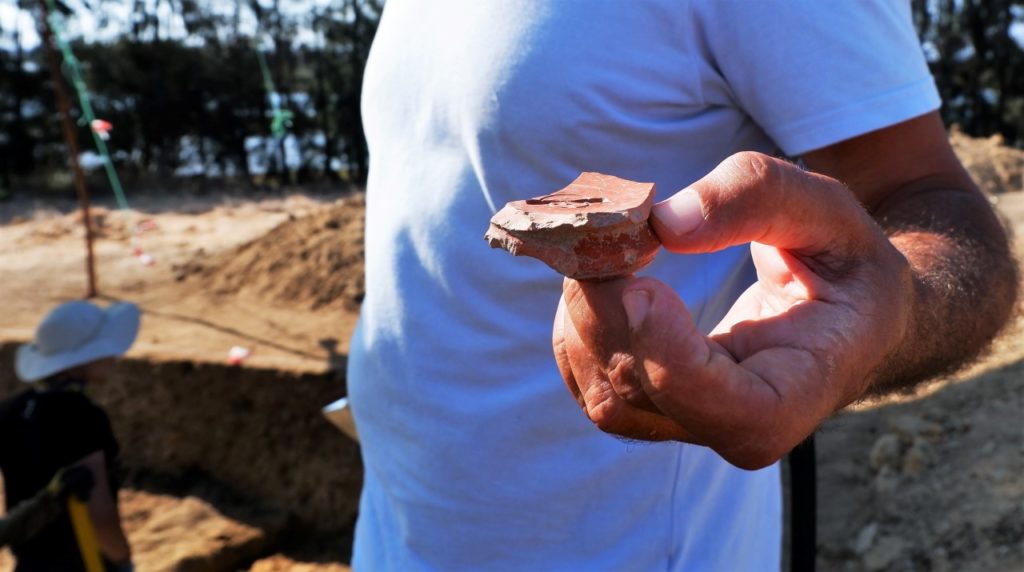
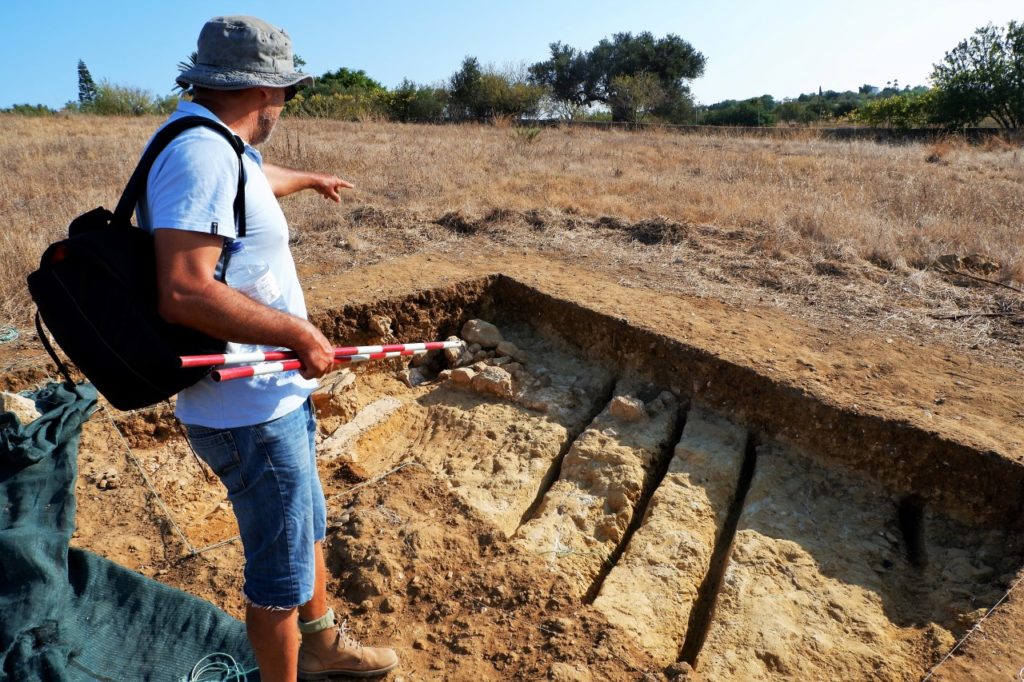
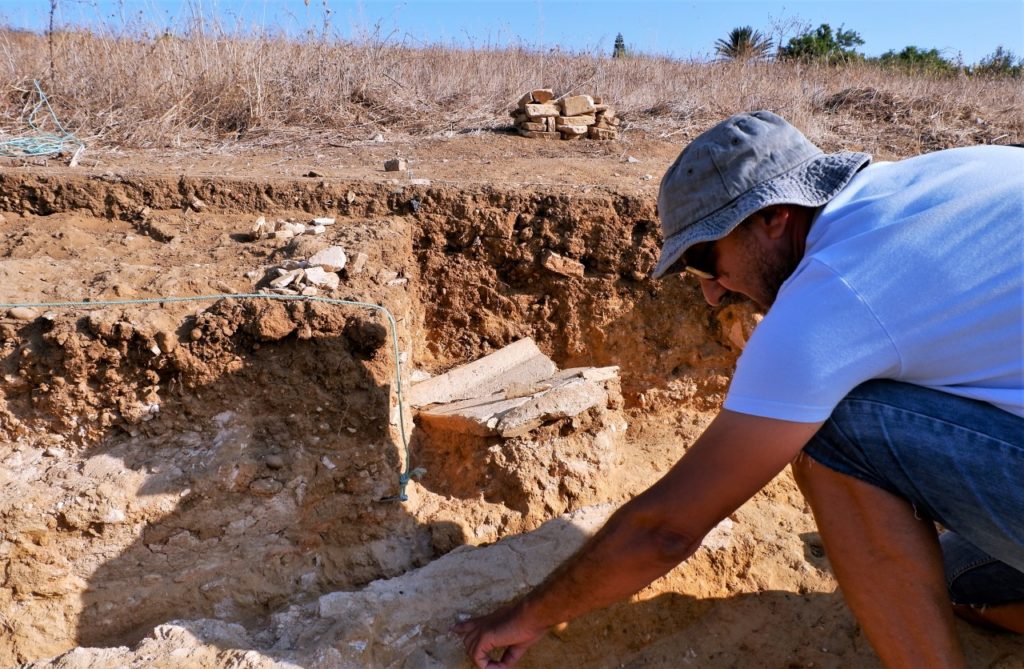
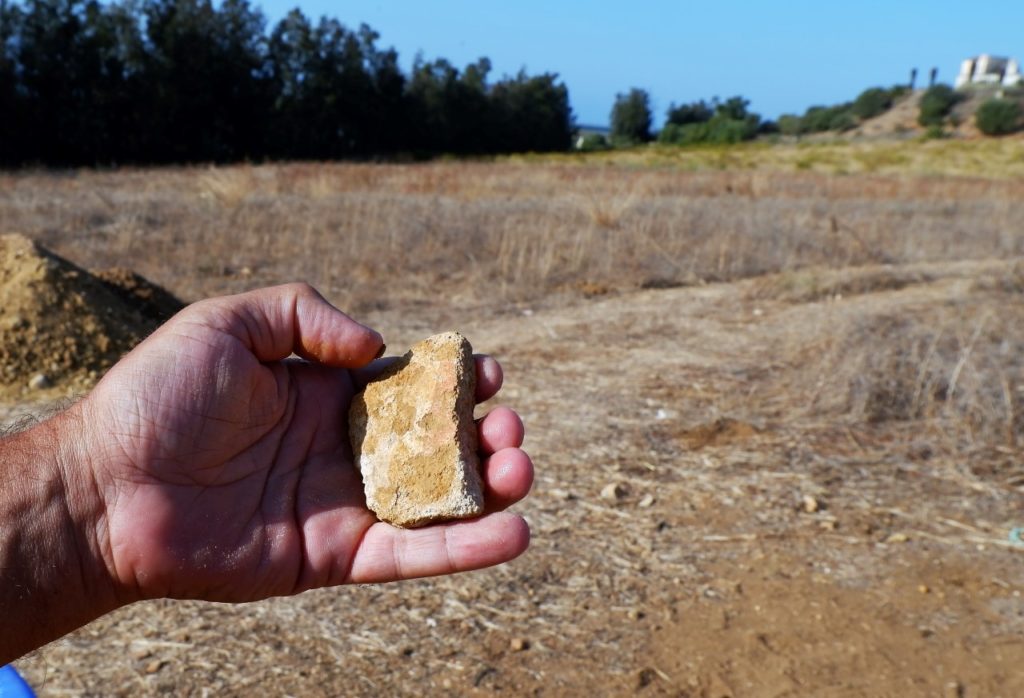
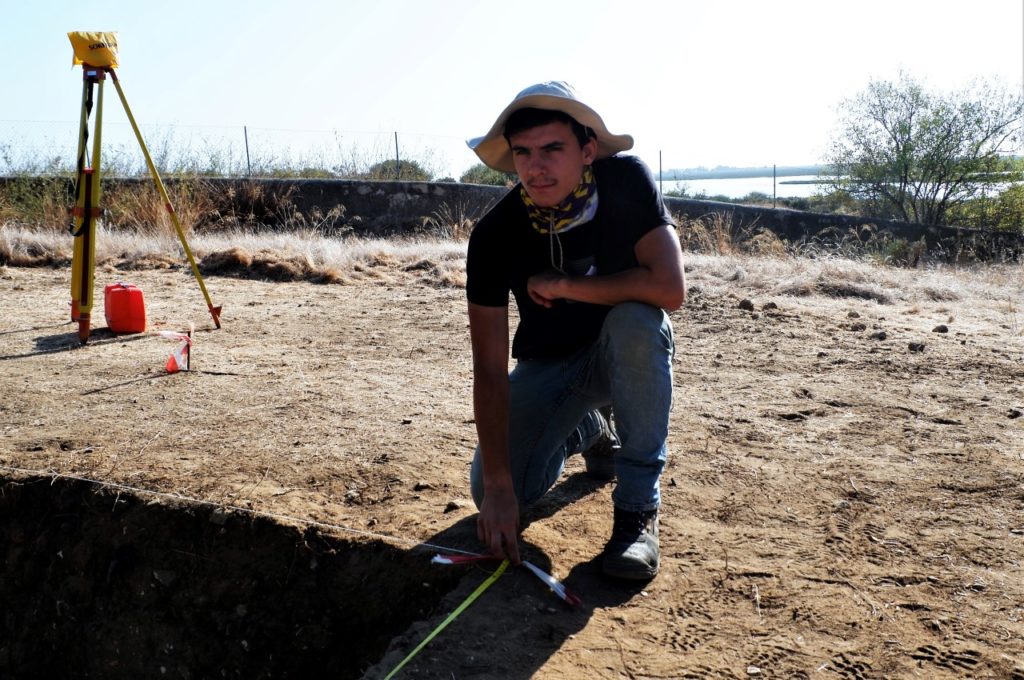
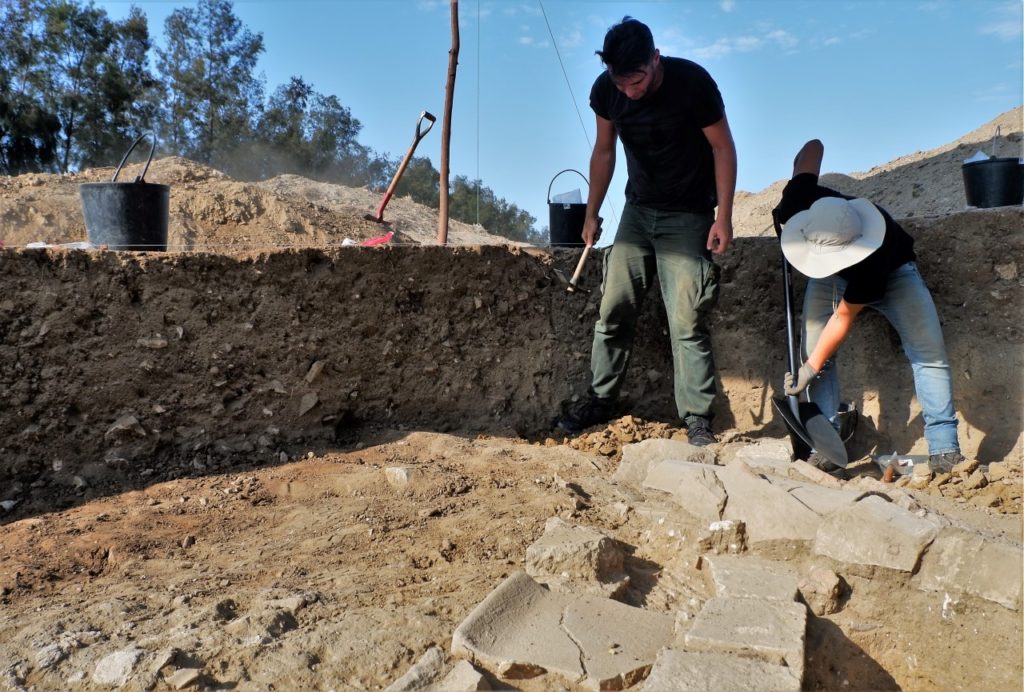
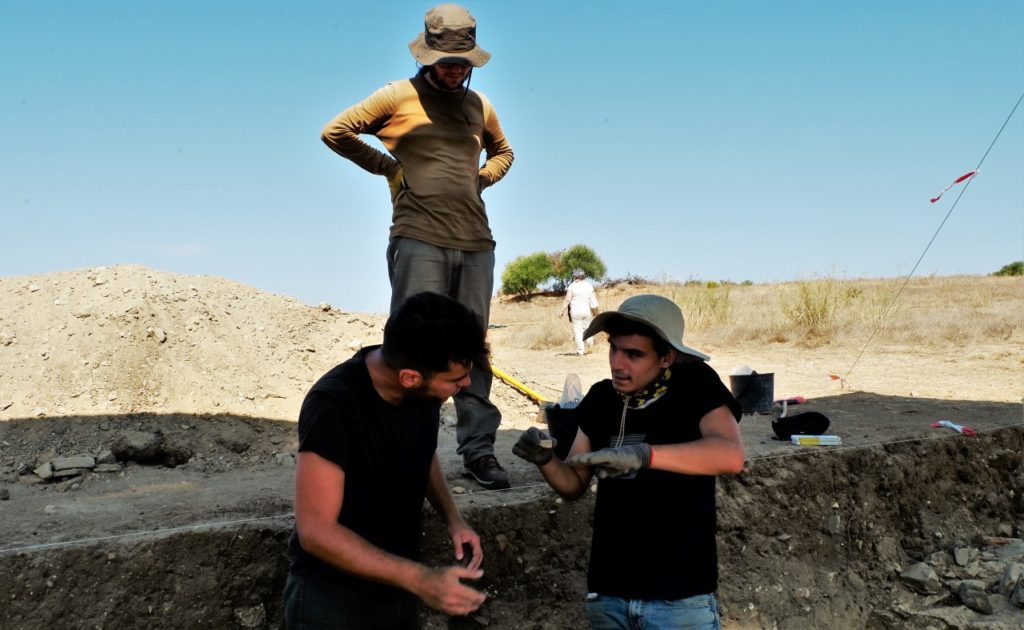
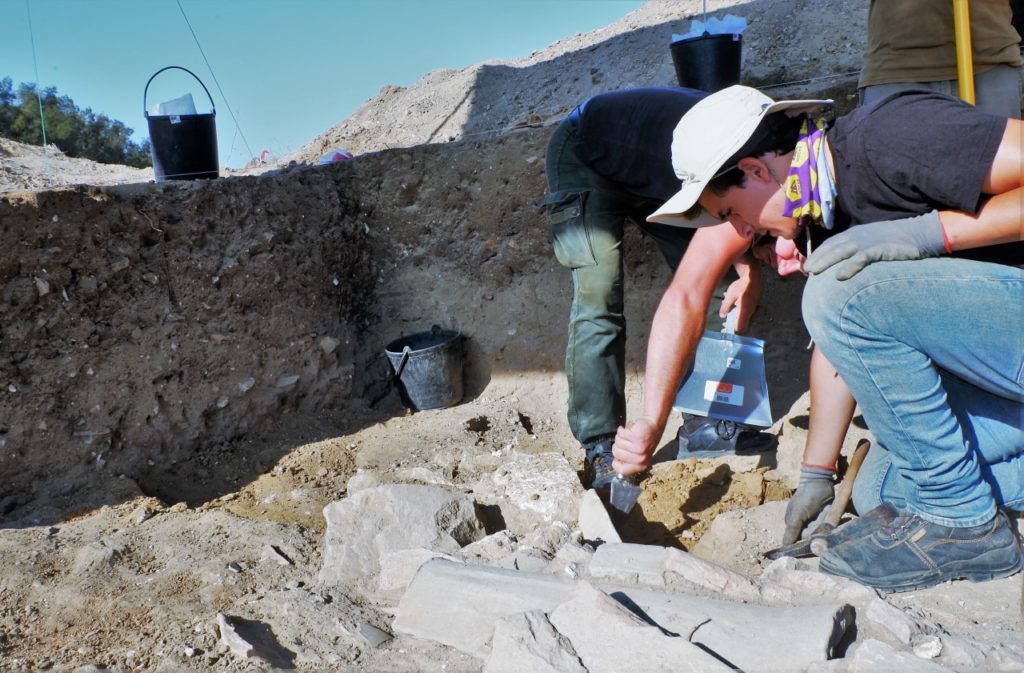
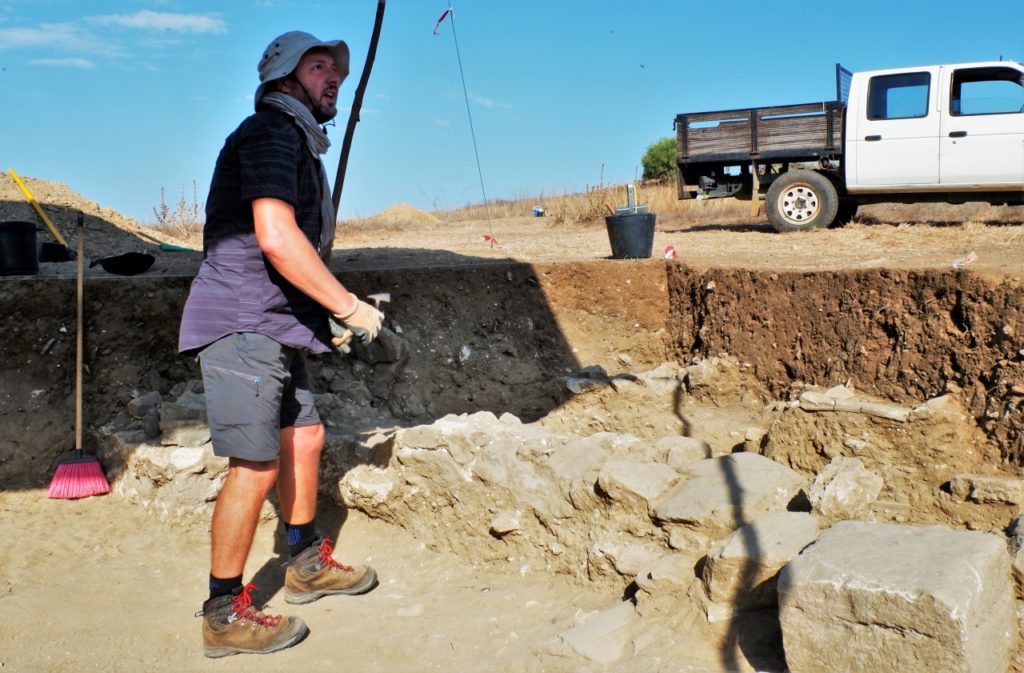
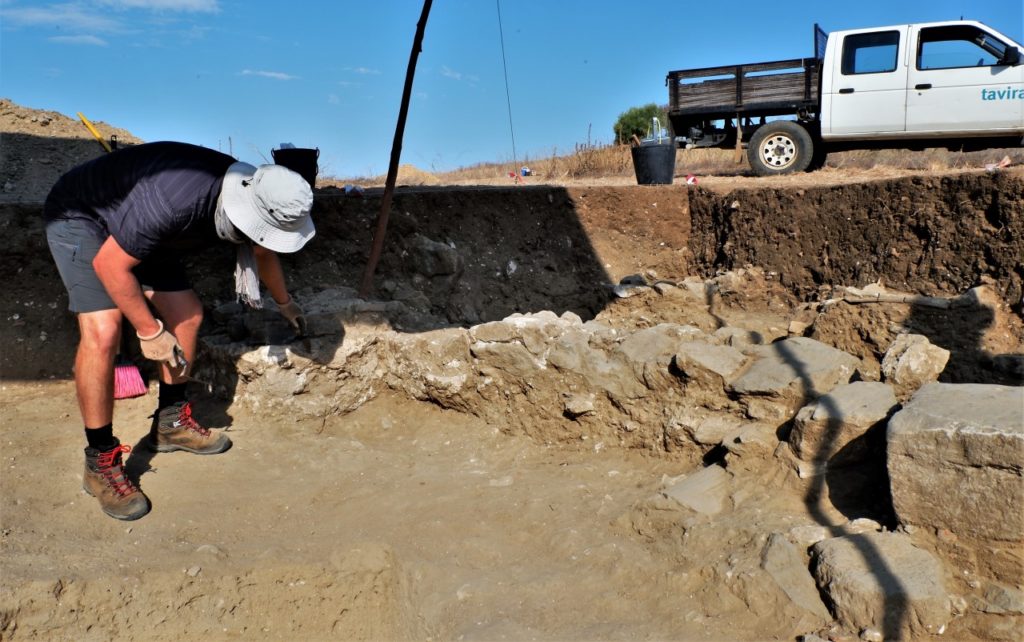
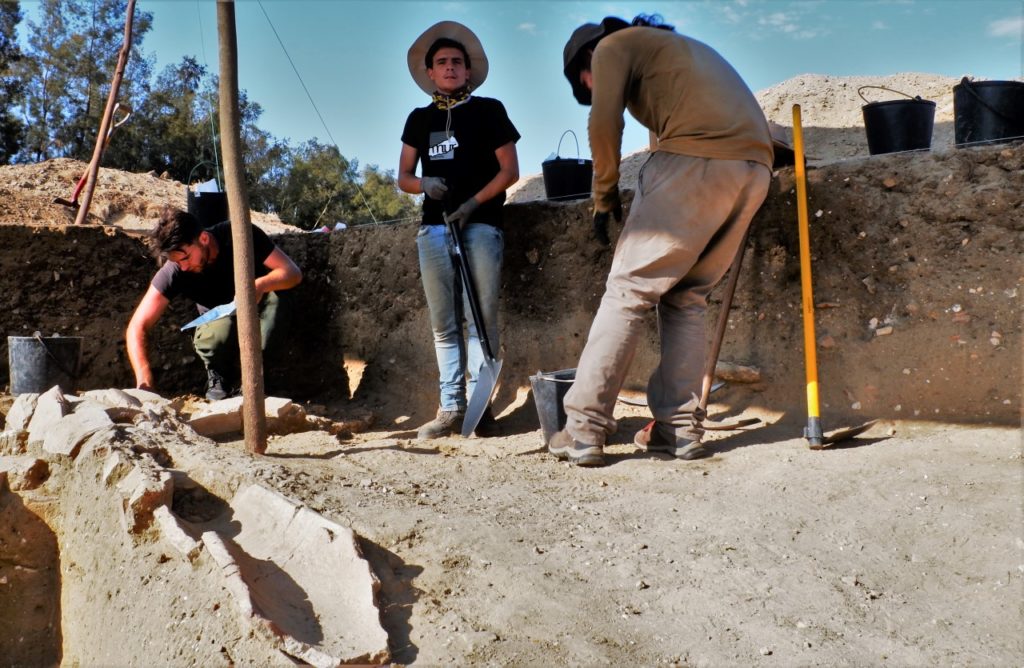
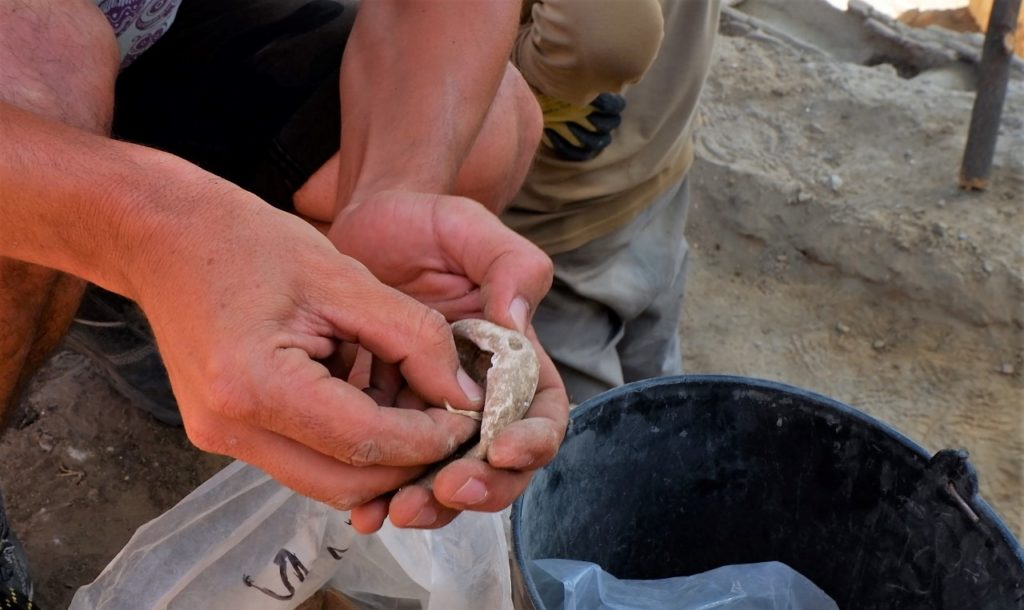
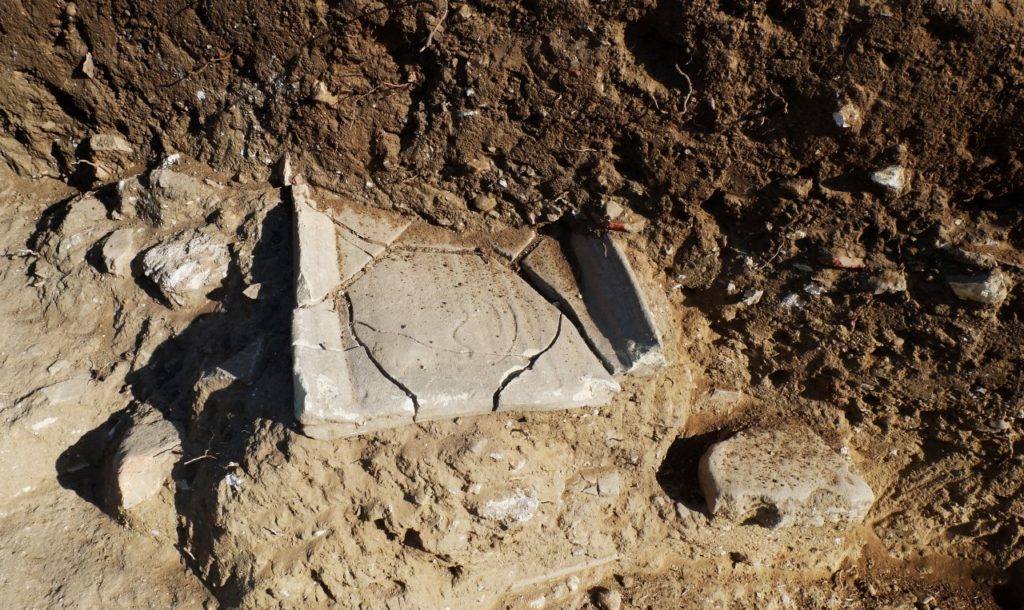
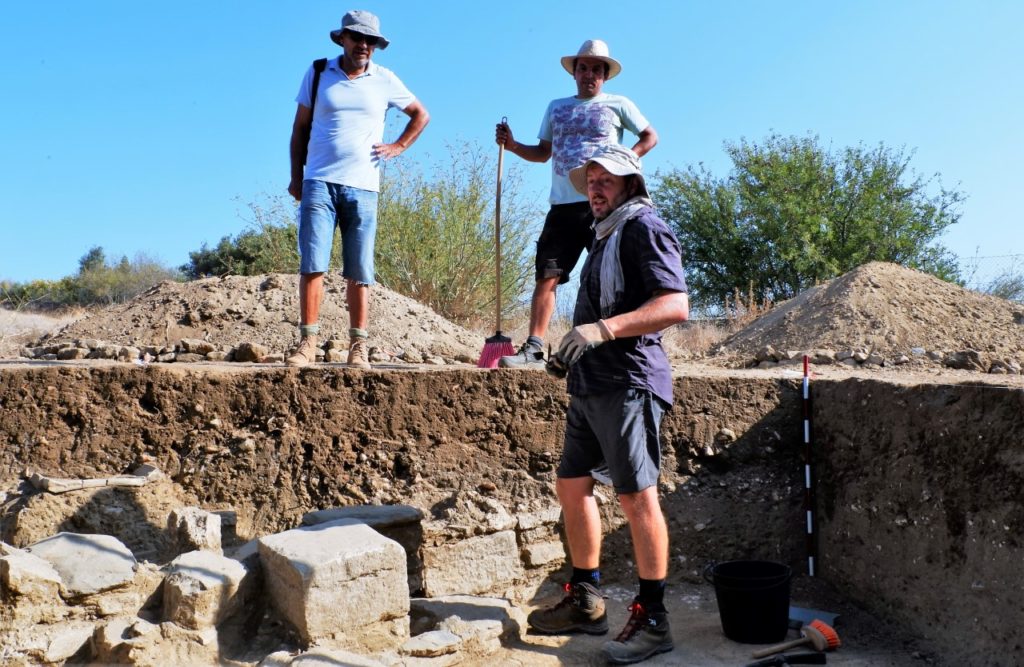
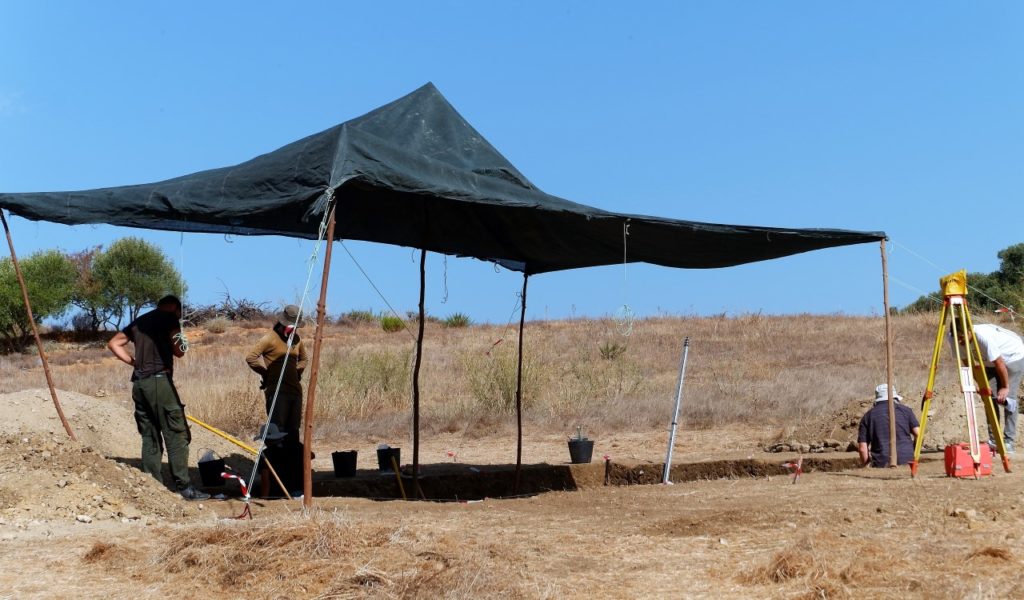
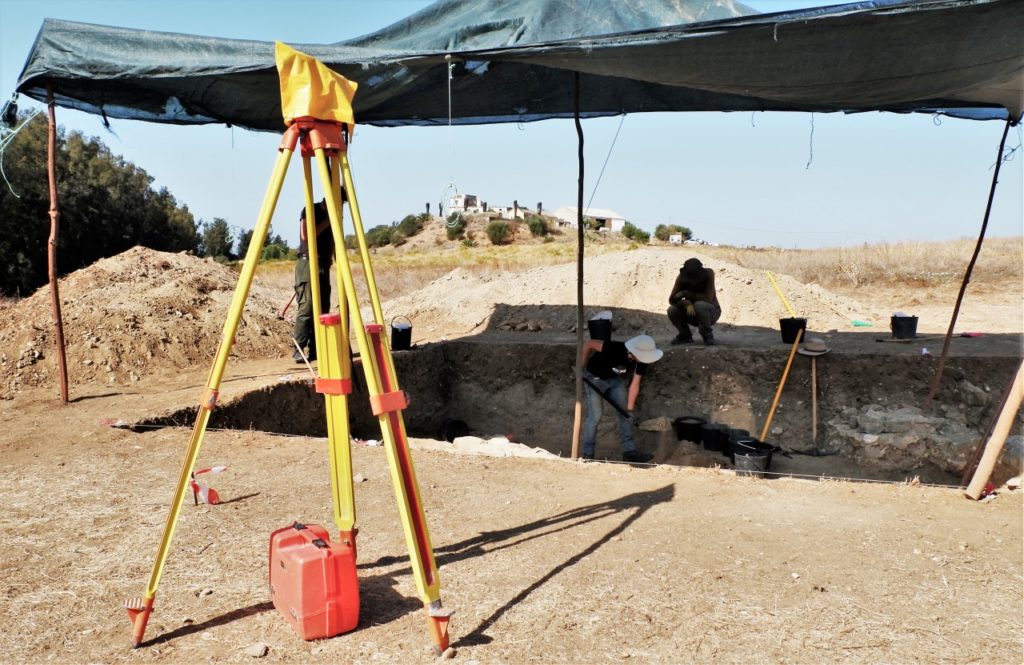
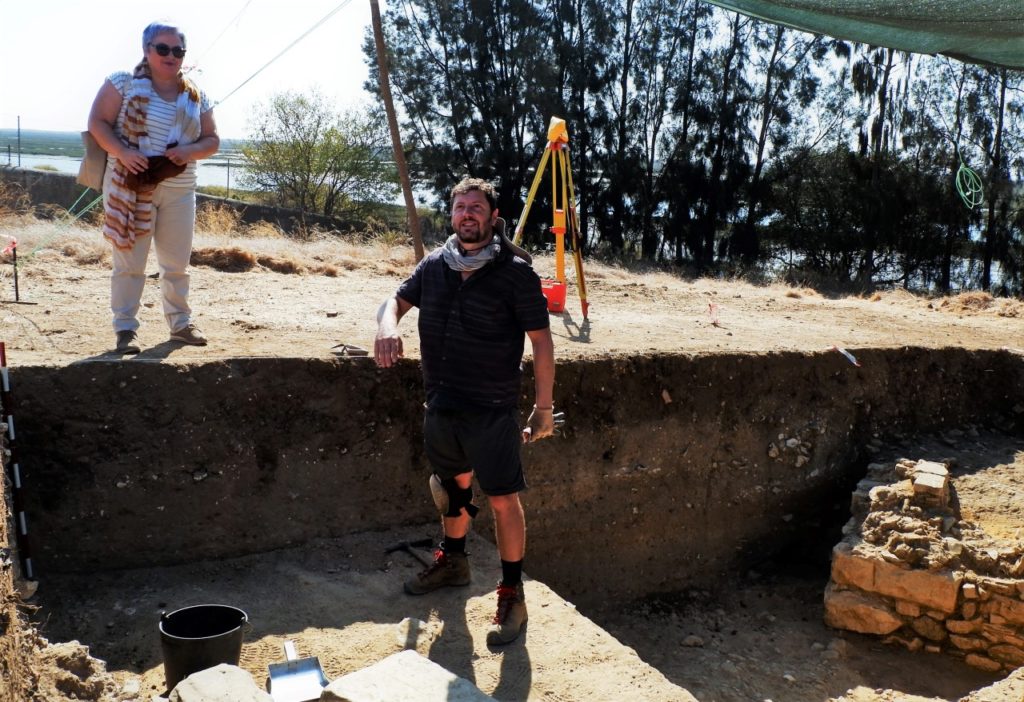
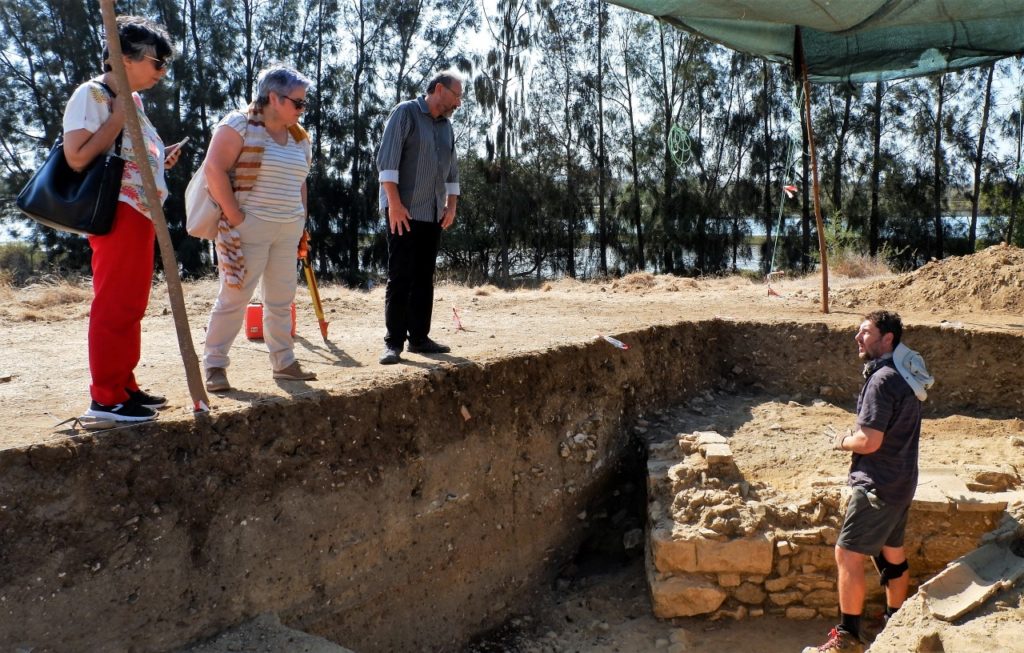
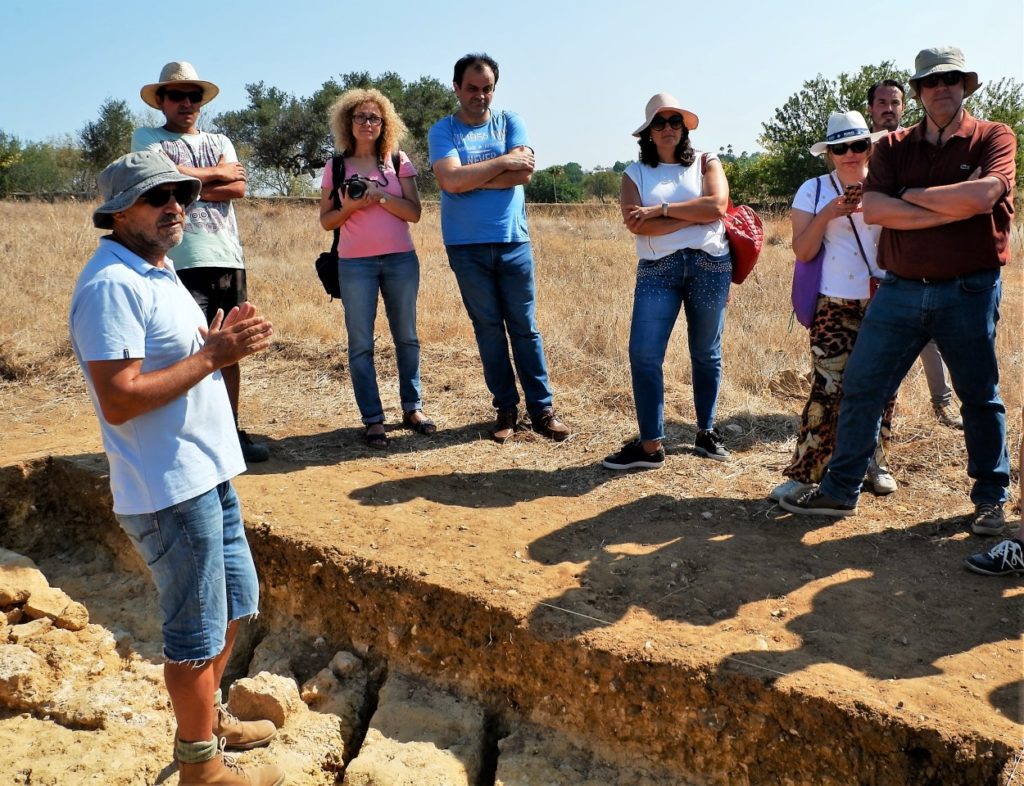
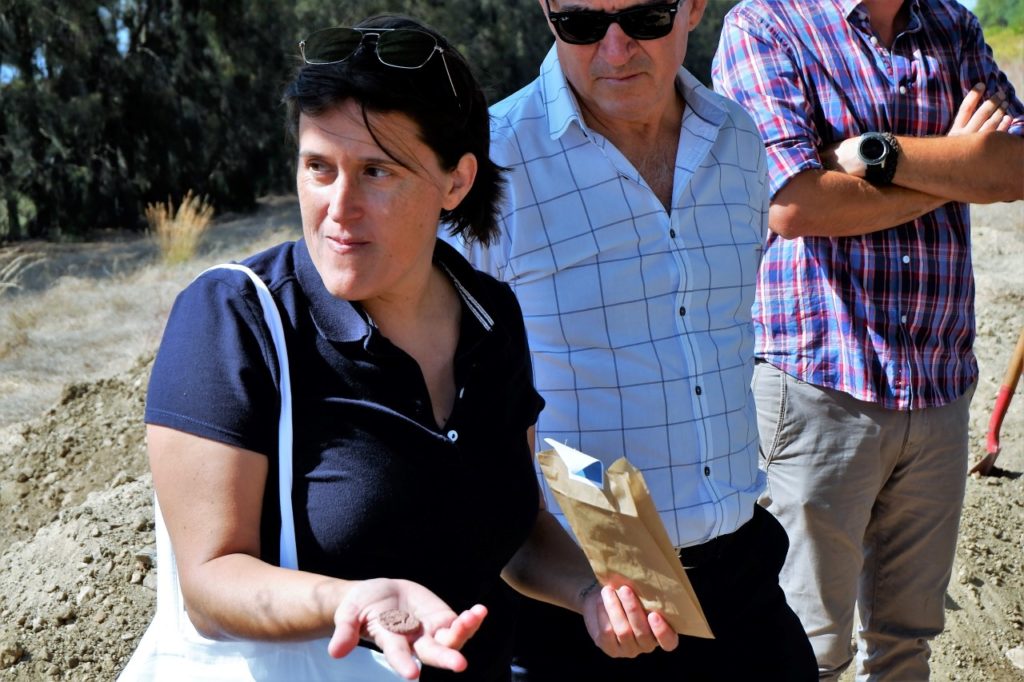
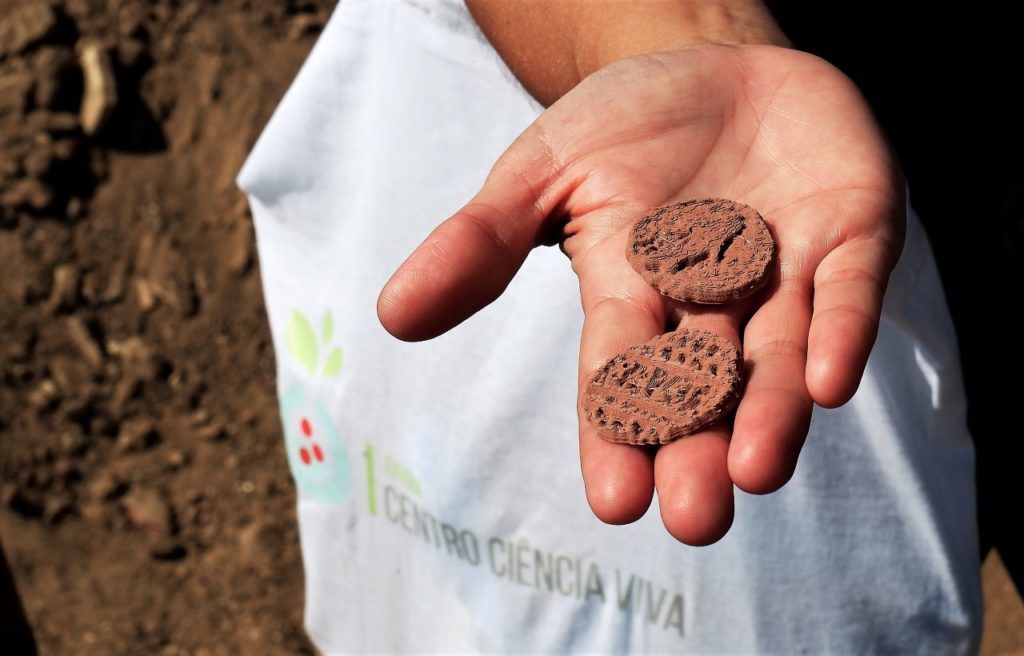
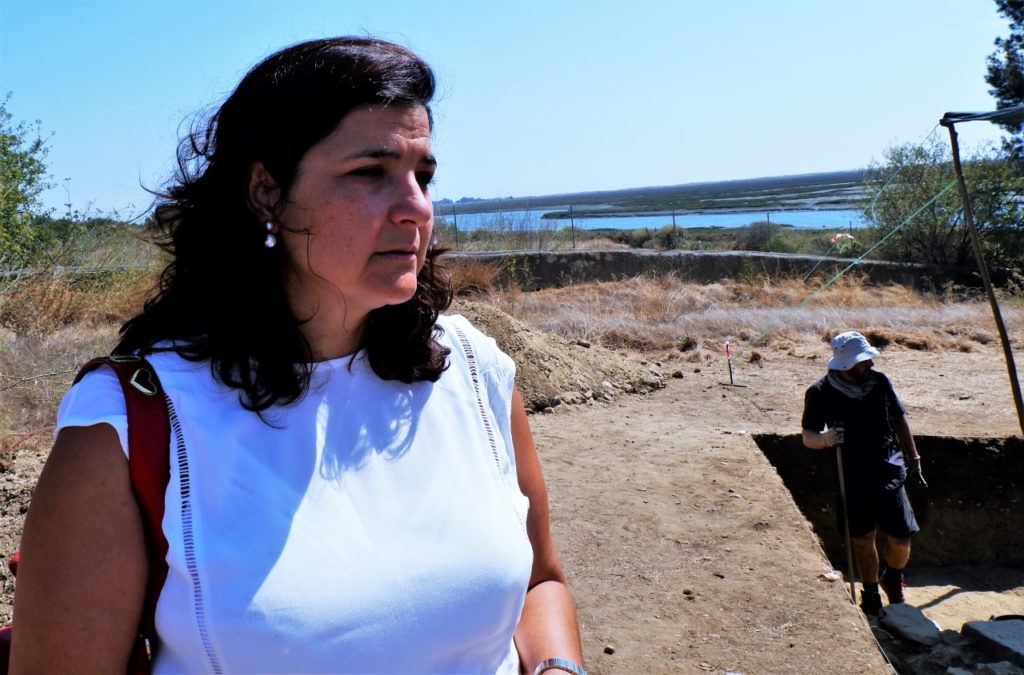
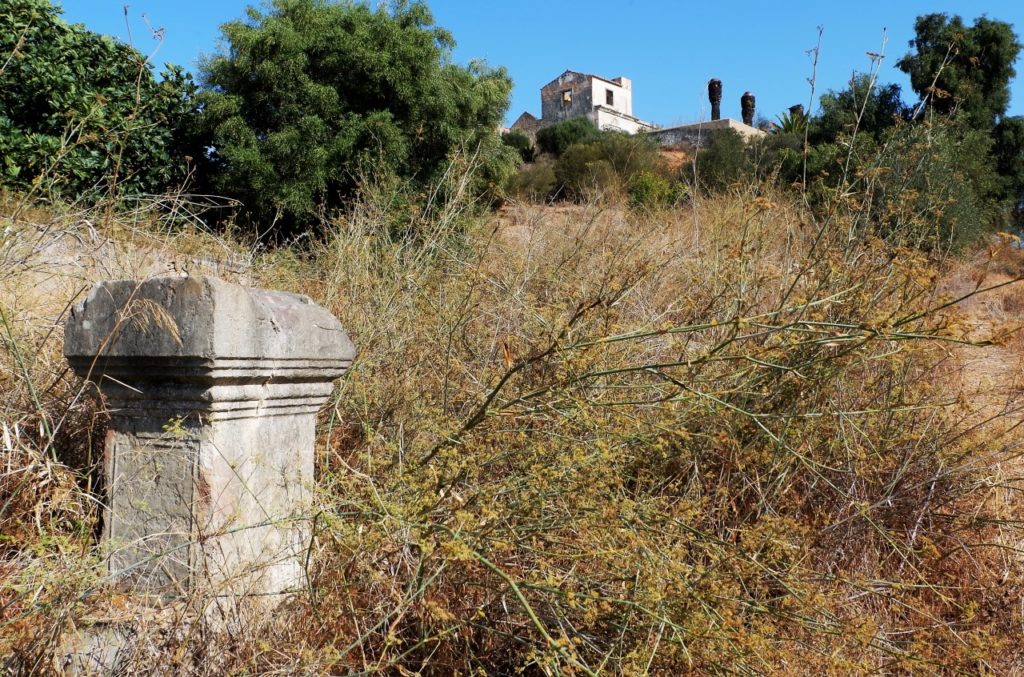
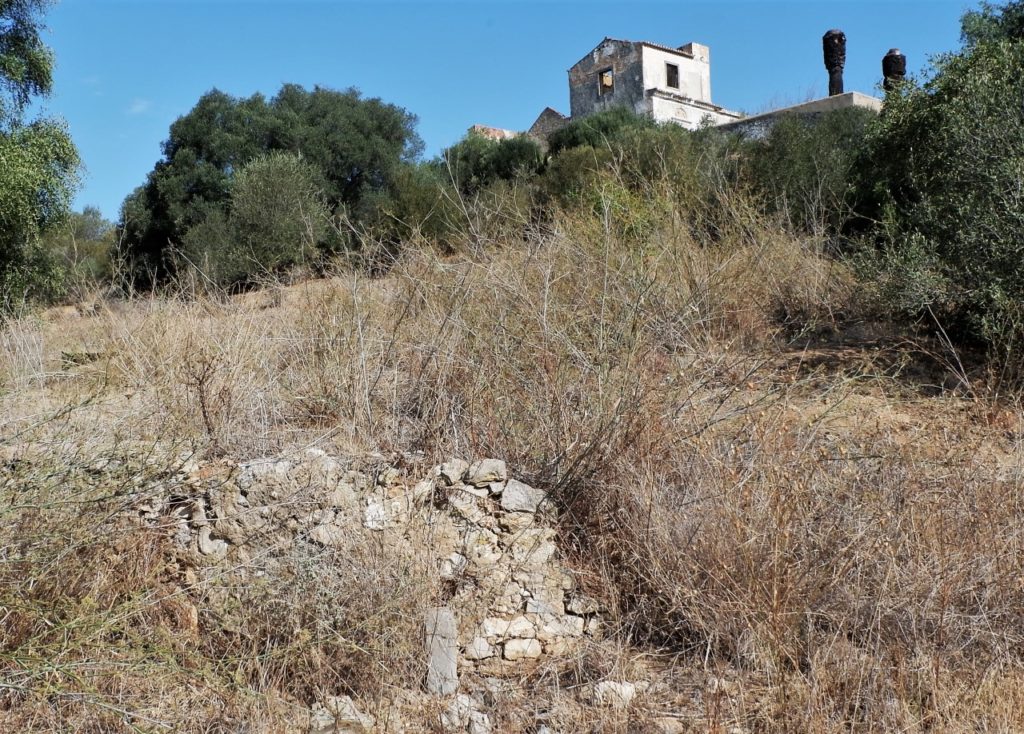
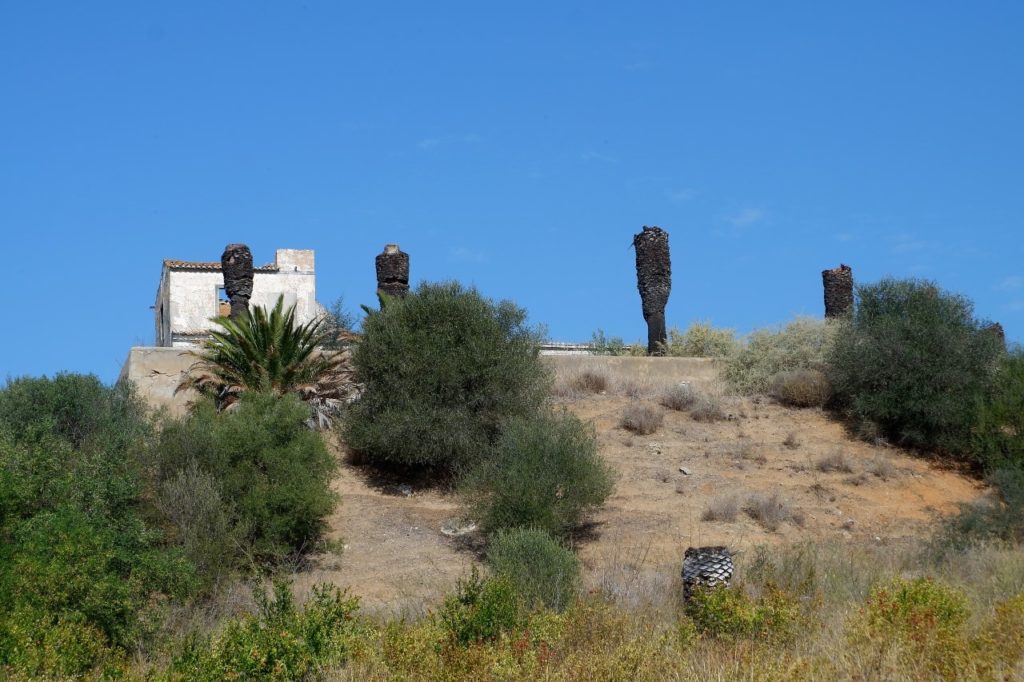
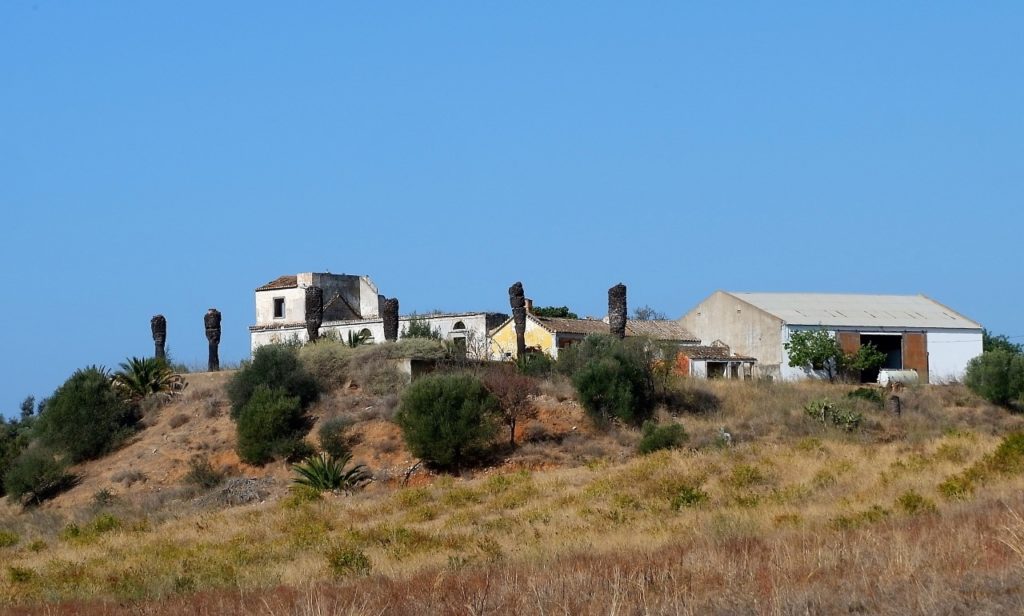


















Comments